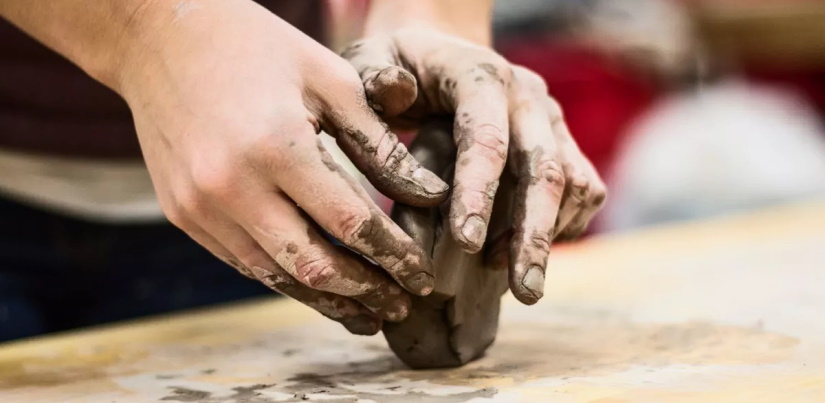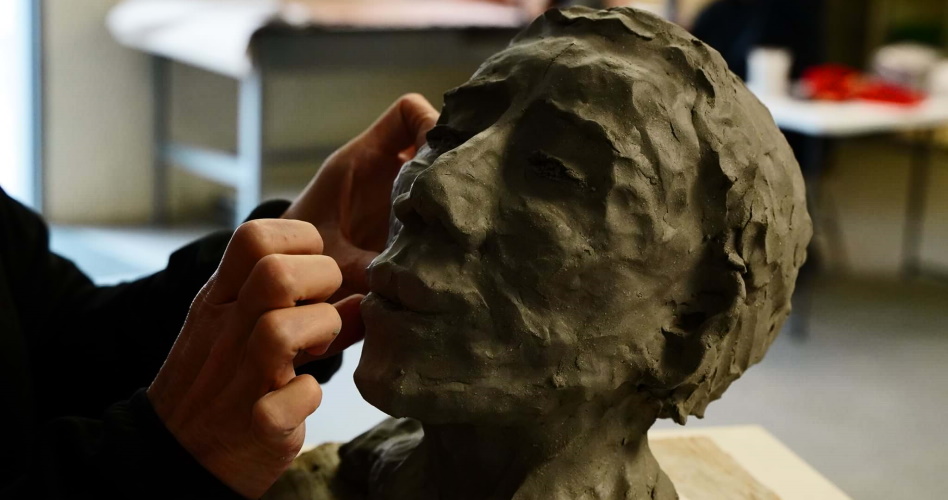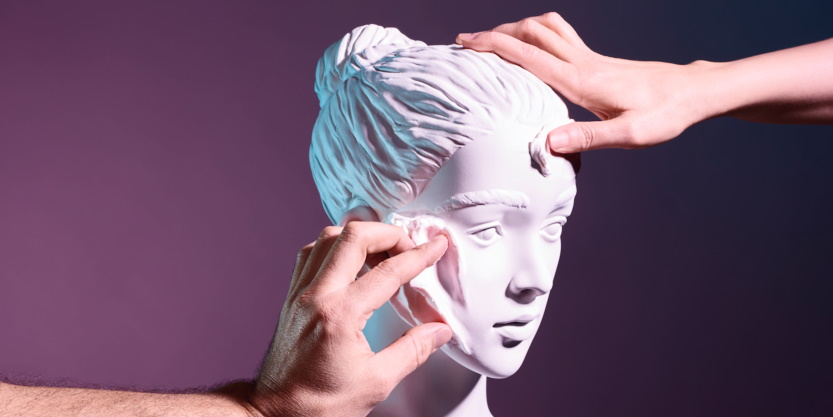Many people think of art as a hobby or something that is only beneficial to the artist. However, there are many benefits to engaging in artistic pursuits, one of which is mental wellness. Mental well-being can be promoted through the creation and appreciation of art. Art therapy for mental health has been used since ancient times; today’s therapeutic sculpting practices are rooted in this idea. These types of activities can help manage stress and anxiety while promoting feelings of creativity and mindfulness.
The mental health benefits of art and sculpture have been documented for centuries, but only recently have researchers begun to understand why and how it works. For example, a study conducted in the 1960s found that hospitalized psychiatric patients who were allowed to paint had lower blood pressure than those who were not. Researchers noted that this could be because of the meditative state of the repetitive motion involved in painting.

The sculpting arts promote mental health
Art therapy is a non-traditional form of mental health treatment that uses creative processes such as art-making and other expressive therapies to increase self-awareness, mood management, and social skills. There are many different art therapies, but one type, in particular, can be used as an alternative or complementary method for treating those with mental illnesses. The sculpture is considered a creative process and an expressive therapy; it allows people to express their feelings through three-dimensional forms and provides them with the opportunity to create something tangible. For example, those who suffer from depression often benefit greatly from creating sculptures because they allow individuals to externalize negative thoughts by giving them physical form.
How making sculpture helps your brain?
Sculpture as art therapy for mental well-being has become increasingly popular. Researchers have found that sculpting can help improve people’s moods and reduce stress levels. The creative process of sculpting is said to connect people with their emotions, allowing them to express themselves through self-expression. Sculptures are often used in group settings, where the participants are allowed to communicate with each other by creating a sculpture together. This type of activity allows individuals who may not normally interact under different circumstances to talk about their feelings without judgment or fear of being criticized or judged by others. By providing an environment where individuals have the freedom to create something new together, participants can discover what makes them happy.

The sculpture has been a form of therapy for mental well-being since ancient times. In the modern era, the sculpture is used to help people suffering from various mental illnesses and conditions. We will explore how sculpture can be used as an effective therapeutic tool to improve one’s state of mind and general outlook on life.
Sculpting can be a powerful way to improve mental health because it forces the sculptor to focus on something tangible instead of abstract concepts or emotions that may lead to more problems. The process is also highly rewarding; once completed, the artists see their work come to fruition, feeling accomplished and satisfied.

